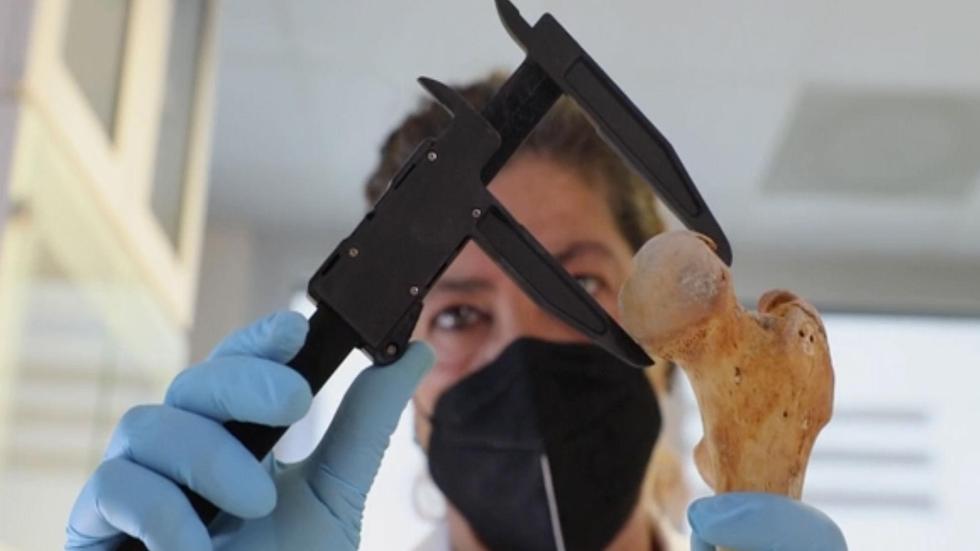There are many who claim that the world famous man – through thick and thin – because he “discovered” America in an attempt to sail west around the world to India.
It is true that people lived in America before Columbus came, and we here in the North know that Lev Erickson was visiting America hundreds of years before that. But it was Columbus’s voyages that seriously put America on the map of Europeans and forged a lasting relationship across the Atlantic.
In the Spanish service

DNA will give us the answer to where the sailor Christopher Columbus came from. Photo: AP / NTB
Little is known about his life before he became famous – and notoriously – for his travels to the “New World”. It probably came
He is from Genoa in present-day Italy. He sailed west on behalf of a Spanish royal couple, and Spain is one of the places some believe he came from.
Neighboring Portugal is also mentioned, while others believe he had already come a long way when he met King Ferdinand and Queen Isabella. Among the proposals are Croatia and even Poland.
In the search for the truth about Columbus, there was a breakthrough in 2003, when DNA tests showed that bones in a crypt in Seville were the remains of the discoverer. Now we hope the DNA gives us more information about him.
Bones from Brother and Son
Technology has come a long way, and genetic geography can tell about the origins of a European person. The University of Granada in Spain will try to determine this for Columbus by looking at four small bone fragments from his remains. In addition, they will examine seven bone and tooth fragments from his son Hernando and dozens of bone fragments from his brother Diego.
The remains were sent for DNA analysis in laboratories in Rome, Florence, the United States and Mexico, says forensic professor Jose Antonio Lorente. The outcome won’t be clear until October, but this week the university held a conference for Columbus researchers, where they can present their theories about where he came from.
Laurenti himself believes in the widely accepted theory that Columbus was a Genoese, but wants to solve some of the “mysteries and contradictions” in the historical sources. The aim is to obtain “as much information as possible, so that there is no dispute.”
misrule
Columbus arrived in the Caribbean for the first time in the fall of 1492. On his third voyage to America, he was arrested due to mismanagement of the territories occupied by the Spanish monarchs. He was released when he got home and had to go west again in an attempt to show that India was not far away.
When he died in 1506, he was still convinced that the islands he discovered lay on the east coast of Asia. He was buried in Valladolid, Spain, and then in Seville. Thirty years after his death, the remains of Columbus and one of his sons were transferred to what is now the Dominican Republic, and then to Havana. When Cuba seceded from Spain in 1898, the father and son were transferred for the last time to Spain.

“Organizer. Social media geek. General communicator. Bacon scholar. Proud pop culture trailblazer.”

